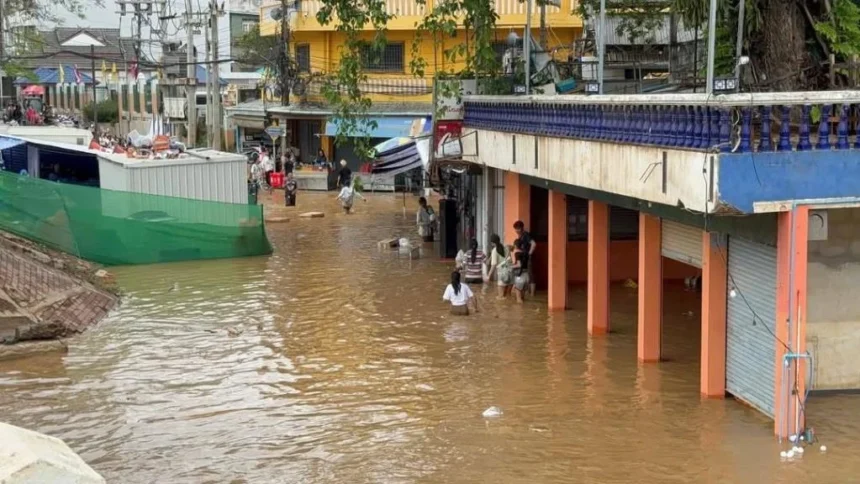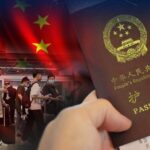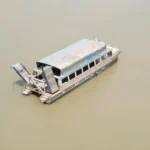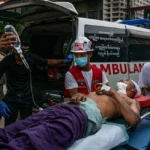Chiang Rai – The Sai River has burst its banks for the first time since last year’s major floods, sending residents and shopkeepers in Mae Sai and Tachileik rushing to move their belongings. Soldiers are working to lay temporary barriers as the water continues to rise.
Heavy rain in Shan State, Myanmar, has pushed the Sai River up rapidly. The river, which marks the border between Thailand and Myanmar near Mae Sai district in Chiang Rai and Tachileik in Myanmar, overflowed its temporary embankment earlier today.
Floodwaters have spilt into areas near the Sa Lom Joy Market, covering roads under the first Thai-Myanmar Friendship Bridge. The temporary sandbag embankment couldn’t stop the water, which has now reached the Mai Lung Khon and Koh Sai communities.
On the Myanmar side, local car parks and the Tha Lor market are also hit. Many people, especially vendors, rushed to higher ground.
Although the water isn’t very deep yet, memories of last year’s severe floods in September and October have made everyone nervous. In Mai Lung Khon, the community leader announced over loudspeakers that people should avoid driving through the market, as water has reached the area.
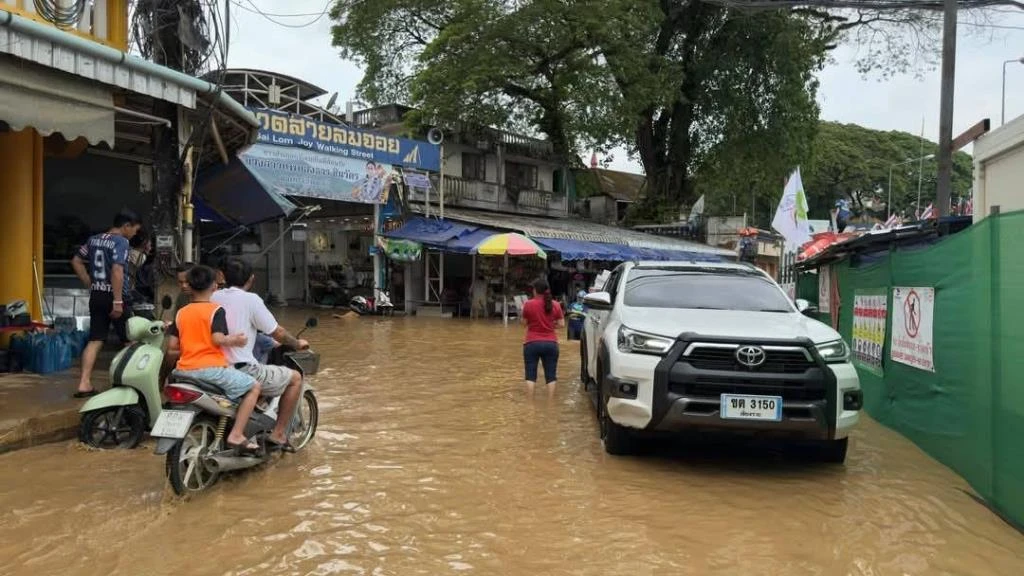
While water levels in most places remain low, some spots are badly flooded, and rain is still falling. Debris, including weeds and logs, is floating down the river, adding to the risk. The sudden rise in water is likely because of heavy rain in Shan State and leftover sand in the riverbed from last year’s floods.
The sand makes the river shallow, so when it rains hard, the water rises and spills over the banks quickly. This has forced Thai authorities to halt work on a new concrete flood barrier, switching to sandbags instead. Army, local officials, and council workers are all helping.
The Royal Thai Army plans to build both semi-permanent and temporary barriers along a three-kilometre stretch of the Sai River, from Hua Fai community to the second Friendship Bridge. Work started on 18 April and is set to finish by 15 June, before the main rainy season.
Thai and Myanmar authorities agreed on a plan for dredging the river: Myanmar will clear the river upstream to Koh Chang, and Thailand will dredge from Koh Chang to the Mekong at Chiang Saen. But dredging on the Myanmar side hasn’t started yet, so the river can’t handle the extra water, causing these new floods along the banks.
Meanwhile, Thai authorities, led by the Royal Thai Army’s engineering unit, have been building a three-kilometre flood barrier along the riverbank from Hua Fai community down towards the second Thai-Myanmar Friendship Bridge since 18 April. The work is set to finish by 15 June.
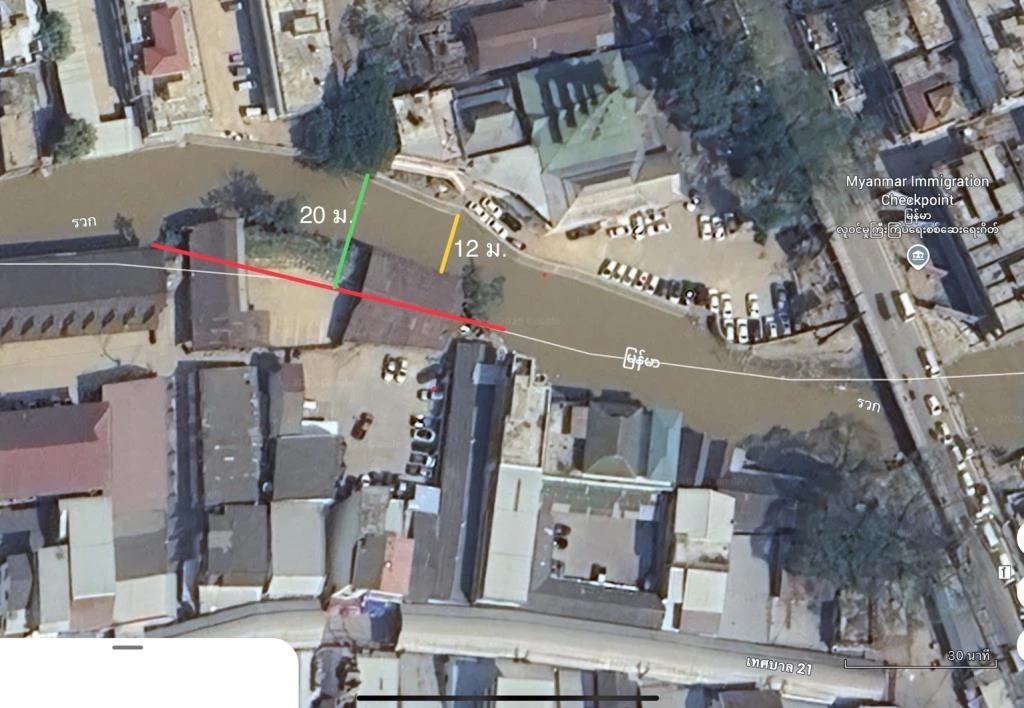
A major issue has come up as one building owner, who rents land from the Treasury Department near the Sai Lom Joy market, has refused to give access for demolition. This has caused significant delays in the project.
This location is especially sensitive as the Sai River is only 10–12 metres wide and quite shallow. Officials are still negotiating with the owner to allow the removal of the building. They plan to install both permanent and temporary barriers, as this spot suffered severe flooding in 2024.
While talks continue, the Royal Thai Army is also dredging the Ruak River from Ko Chang in Mae Sai down to the Golden Triangle in Chiang Saen, Chiang Rai. This is part of an agreement with Myanmar. Military units, including the Pha Muang Task Force and the 37th Military Circle, are helping with the work.
Teams have checked the river depth, soil, and distance to buildings. Dredging will happen in sections of 50–100 metres to reduce water and soil pressure and to stop banks from collapsing.
Temporary wooden piles will be placed close together along the bank to keep the soil from washing away. On the Myanmar side, dredging will start from the river’s headwaters down to the Thai border at Ko Chang. The aim is to finish before the peak rainy season at the end of June.
Related News:
Mae Sai Moves Forward With River Dredging Ahead of Monsoon Season

Geoff Thomas is an award winning journalist known for his sharp insights and no-nonsense reporting style. Over the years he has worked for Reuters and the Canadian Press covering everything from political scandals to human interest stories. He brings a clear and direct approach to his work.




